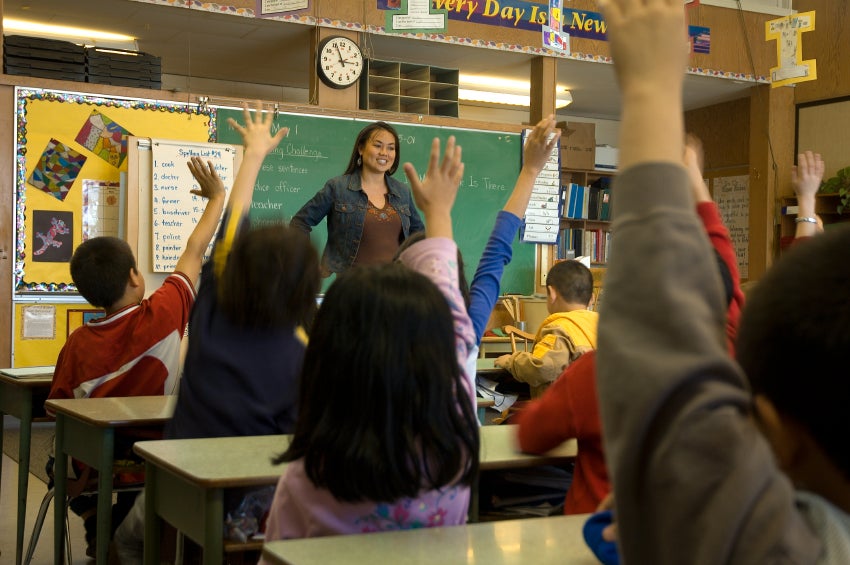
Activity: Teaching Problem Solving

Imagine that a teacher requires some advice from you as a mental health consultant. The teacher bought a toy that all the children like to play with. Due to the restricted funds of the child care program, the teacher could buy only one.
The teacher observed one boy trying to forcefully grab the toy from a girl. Another boy had a temper tantrum because he did not have a turn playing with the toy. As a result, the teacher took the highly preferred toy and placed it in her desk for a while. The teacher asks you how to handle the situation with that preferred toy and how to support children to solve common social problems.
Expert’s Response:
Preschool children learn best from the everyday experience solving problems which are meaningful to them. As a teacher, it is helpful to observe those moments when children have problems and help them think about ways to solve their own problems. Anticipate problems before they escalate and help children identify possible solutions.
-
- Teach a problem solving procedure (see picture below) by teaching children the steps to solve social problems: 1) Identify what the problem is; 2) Think about solutions; 3) Think about what will happen if I do this and how the other child will feel if I do this?; and 4) Try the solution. You may want to teach the problem solving steps by role playing different scenarios throughout the day. This will help children understand and use this process. Hang the problem solving steps at the children’s eye level and refer to the steps frequently during daily interactions.
- During circle time, role play with puppets or dolls. Act out a scenario in which one puppet does not share her toys. After that, talk with the children about how the puppets could solve their problem. As children come up with solutions, write them down. Talk with the children about which solutions will work and which are fair, etc. Teachers can also help children brainstorm solutions by using the solution kit cue cards shown in pictures below. Talk about the solutions as a group, have the pictures available to look at while children are solving real problems, and praise children for using solutions.
- Teach children how to take turns by implementing some of the solutions (see solution cue cards below). Talk to the children and figure out if the solutions worked or if there are some other solutions that might have worked better.
- You might need to physically (i.e. tap on the shoulder gently) and/or verbally prompt children when they have a social problem. You can refer the children to the problem solving steps and solution cue cards.
- Read stories about friendship skills. Talk about the characters’ emotions and how the characters handle social situations.


